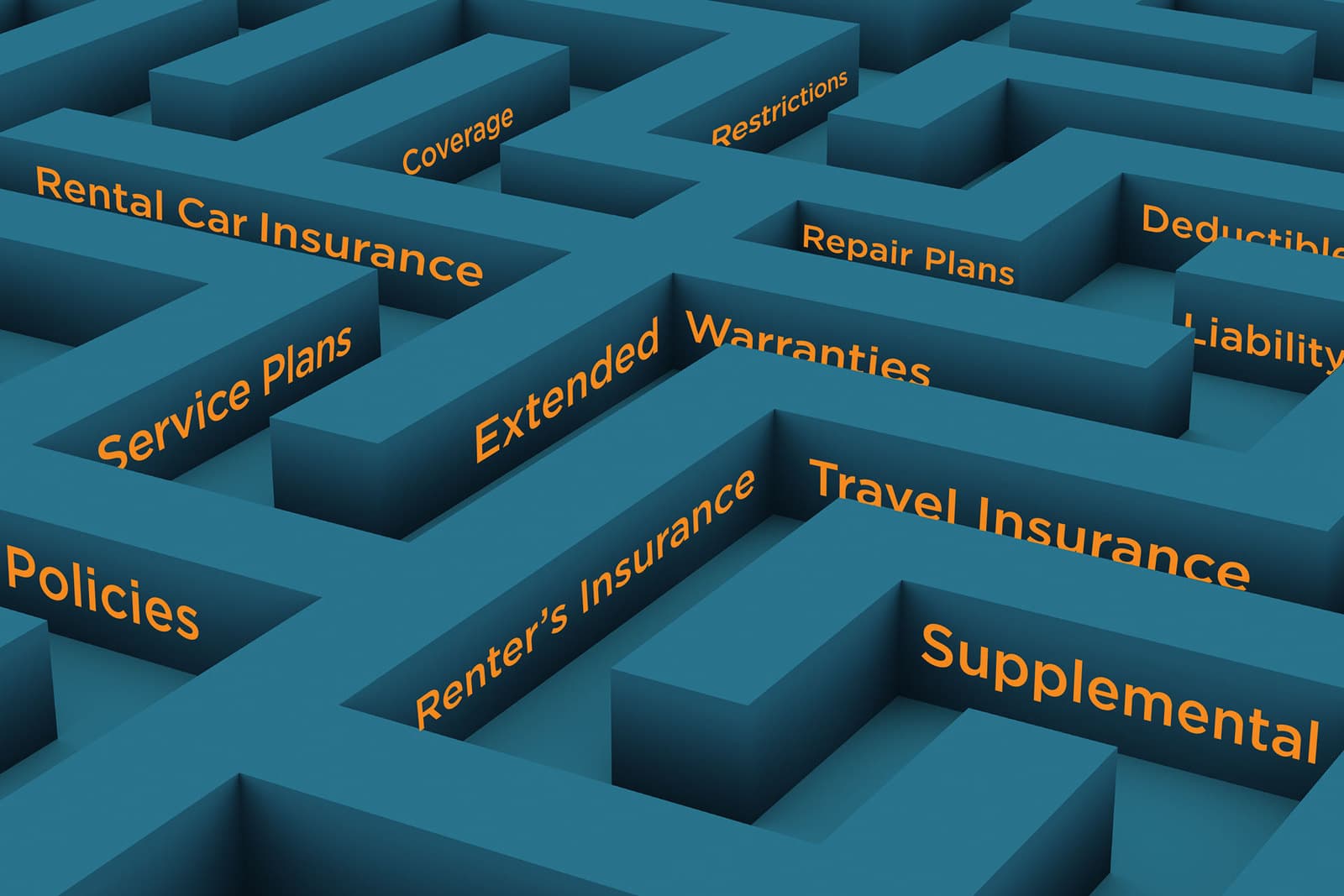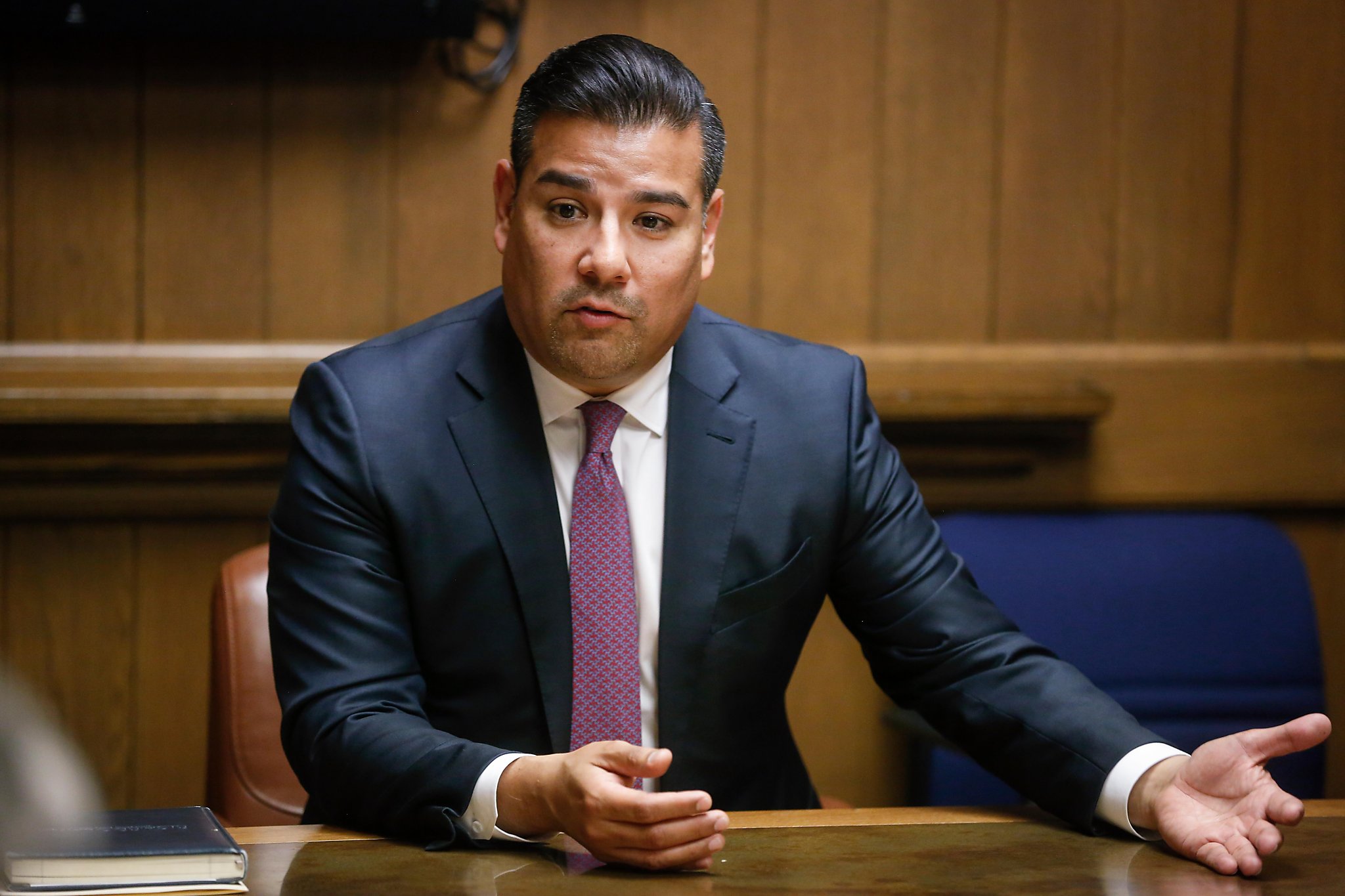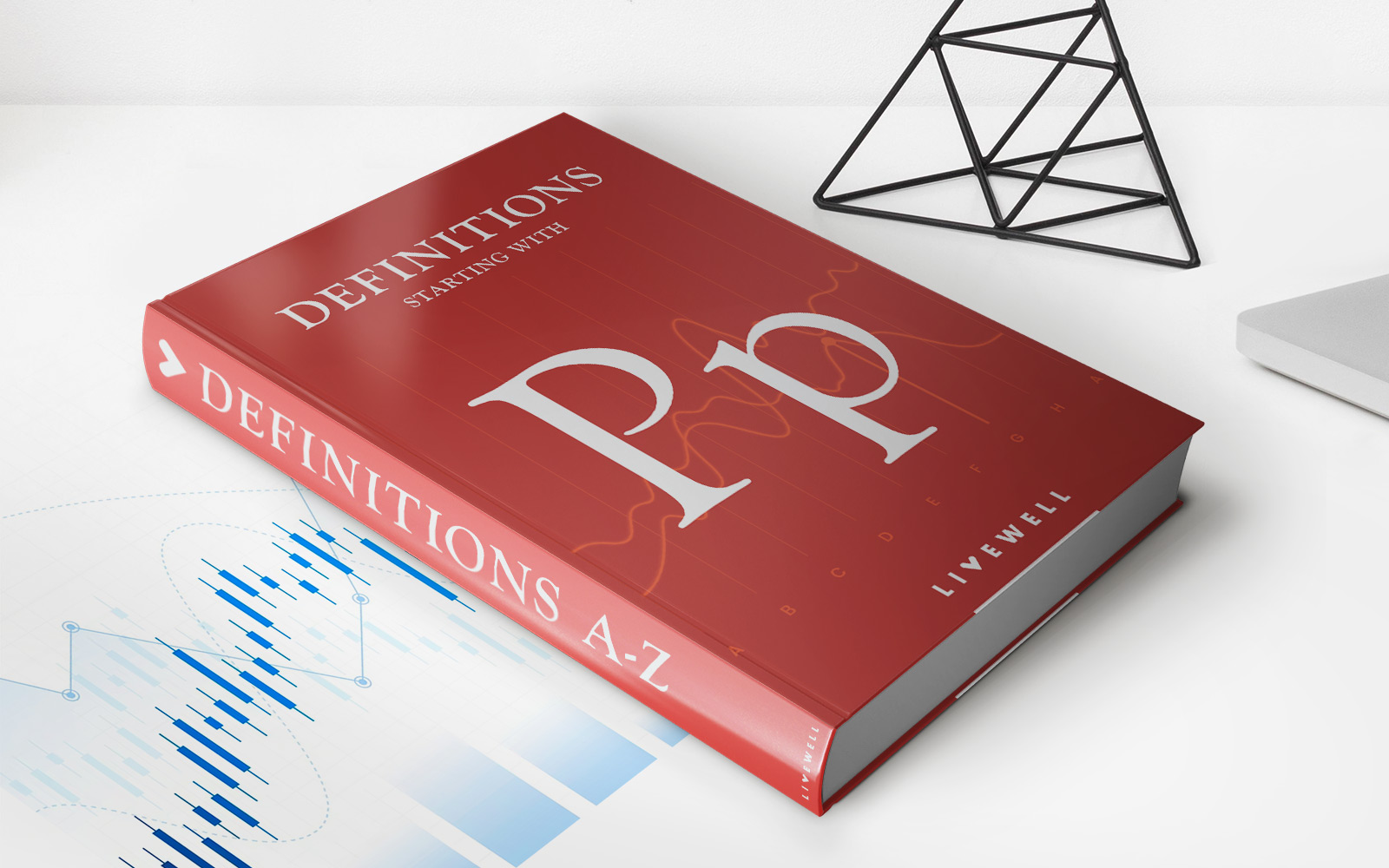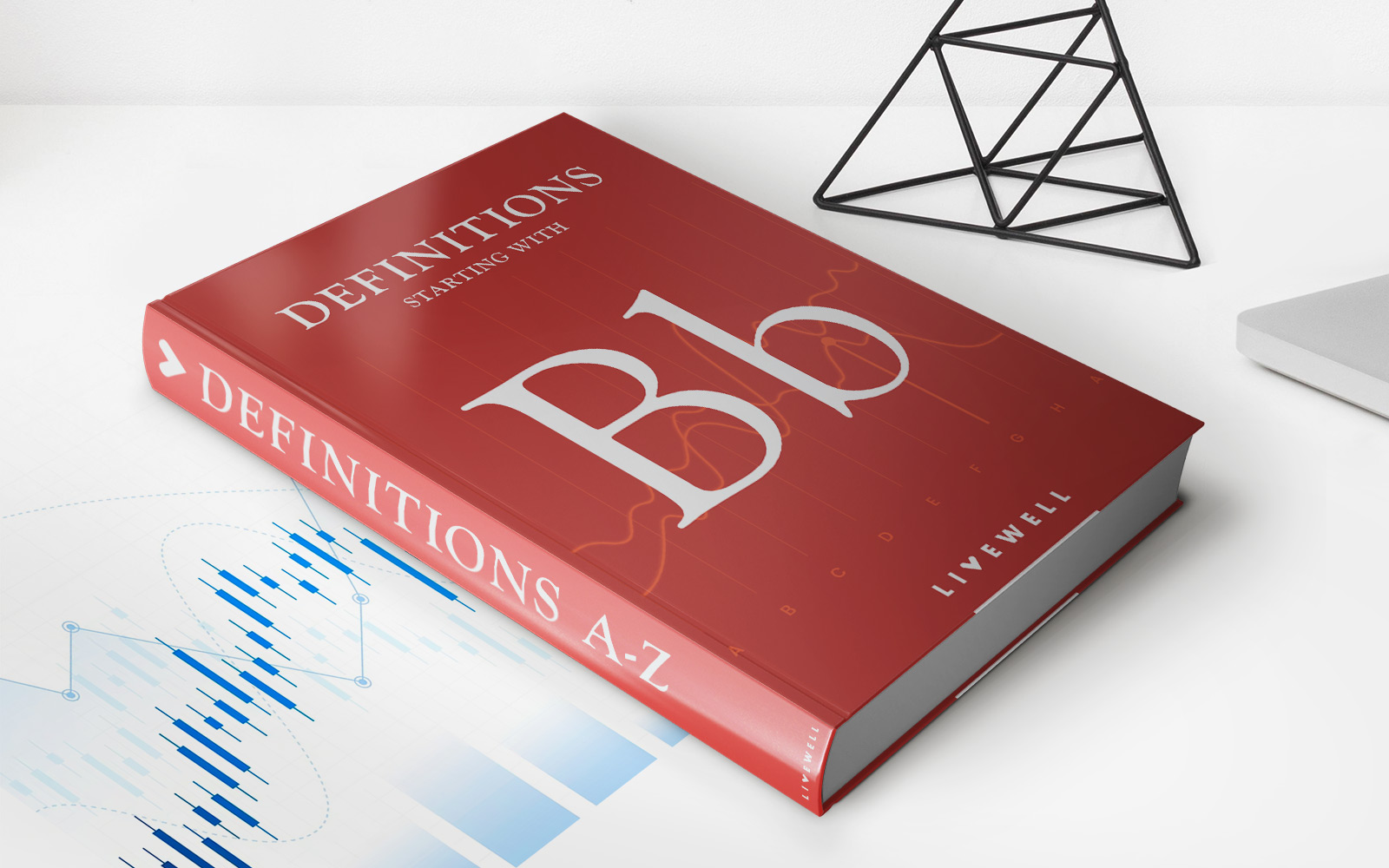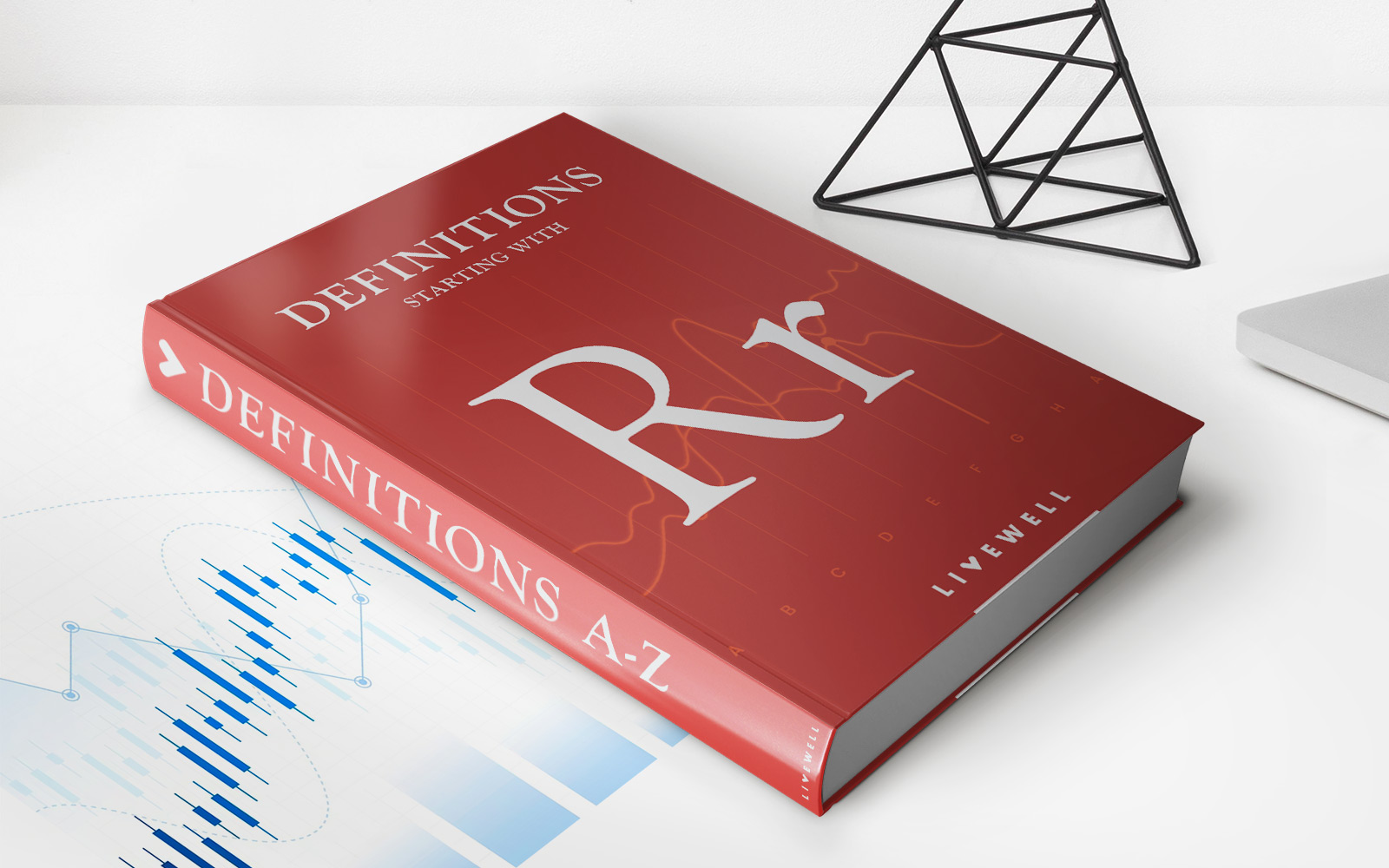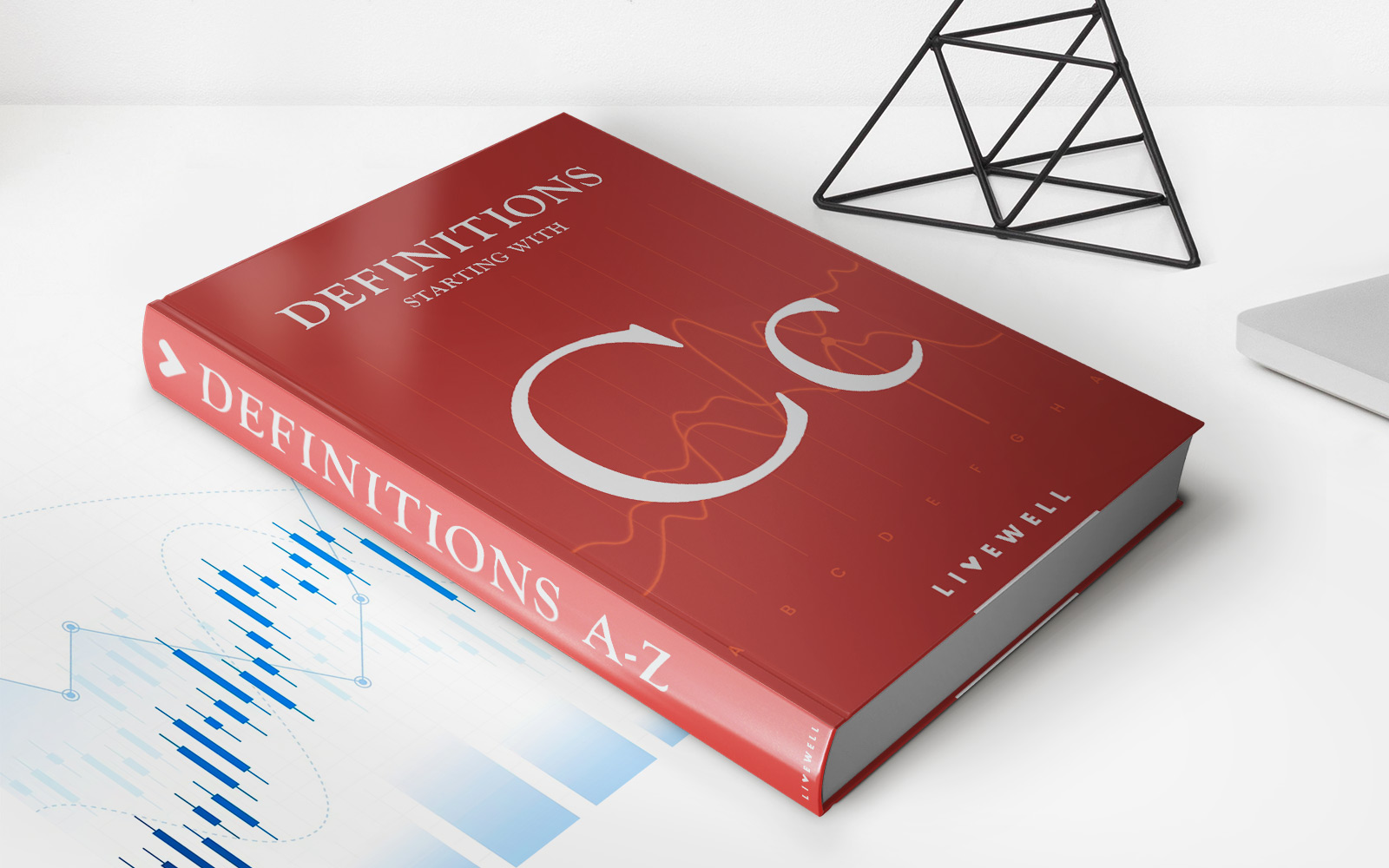Home>Finance>What Is The Minimum Auto Insurance Coverage In California
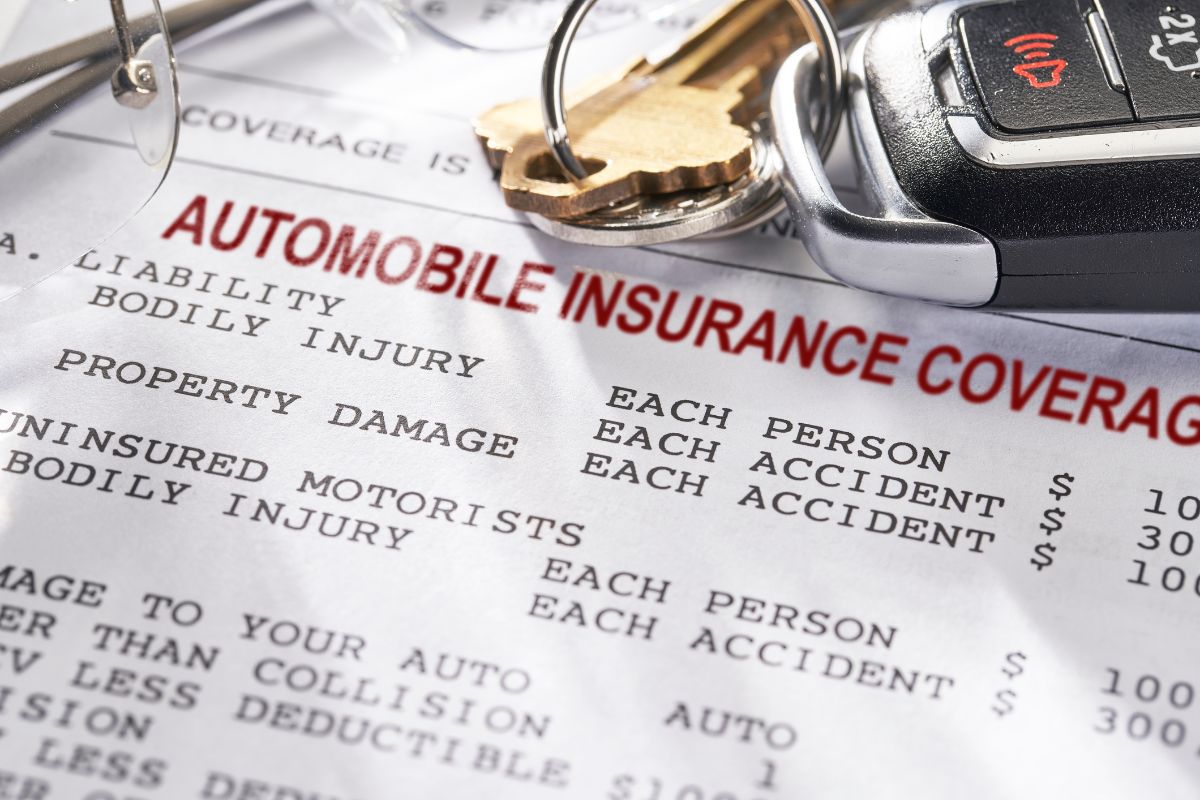

Finance
What Is The Minimum Auto Insurance Coverage In California
Published: October 6, 2023
Discover the minimum auto insurance coverage required in California and ensure your financial protection. Learn more about finance and car insurance in California.
(Many of the links in this article redirect to a specific reviewed product. Your purchase of these products through affiliate links helps to generate commission for LiveWell, at no extra cost. Learn more)
Table of Contents
- Introduction
- Understanding Auto Insurance Coverage
- Minimum Auto Insurance Requirements in California
- Bodily Injury Liability Coverage
- Property Damage Liability Coverage
- Uninsured Motorist Coverage
- Underinsured Motorist Coverage
- Personal Injury Protection (PIP) Coverage
- Comprehensive Coverage
- Collision Coverage
- Factors Affecting Auto Insurance Rates in California
- Conclusion
Introduction
Welcome to our comprehensive guide on auto insurance coverage in California. Whether you’re a seasoned driver or a new one hitting the roads, understanding the minimum auto insurance requirements is crucial to ensure you’re adequately protected in the event of an accident. This article will walk you through the basics of auto insurance coverage in California, including the minimum requirements and additional coverage options that you may consider.
Auto insurance coverage is a legal requirement in California, designed to protect both you and other drivers on the road. It provides financial support to cover the costs of damages, injuries, and medical expenses resulting from an accident. Without proper insurance, you risk facing fines, penalties, and even the suspension of your driving privileges.
Before we delve into the specific coverage requirements, it’s important to note that auto insurance policies can vary depending on various factors such as your driving history, the type of vehicle you own, and your personal preferences. As such, it’s advisable to consult with an insurance agent or broker to determine the best coverage options for your individual needs.
Understanding the different types of auto insurance coverage can be overwhelming, but it’s essential to grasp the basics. At a minimum, California law requires drivers to carry liability insurance, which covers injuries and damages to others in an accident that you are deemed responsible for. However, it’s important to note that liability coverage does not cover your own damages or medical expenses. Therefore, considering additional coverage options to protect yourself and your vehicle is highly recommended.
In the following sections, we will explore the minimum auto insurance requirements in California in detail, as well as additional coverage options that you may consider to enhance your protection on the road. Let’s dive in!
Understanding Auto Insurance Coverage
Auto insurance coverage is a contract between you and the insurance company, providing financial protection in the event of an accident or damage to your vehicle. It consists of various types of coverage, each serving a specific purpose and offering different levels of protection. Understanding these coverage options will help you customize your policy to fit your needs and budget.
Liability Coverage: Liability coverage is the foundation of auto insurance and is required in most states, including California. It helps cover the costs of injuries and damages to other people and their property if you’re found at fault in an accident. There are two types of liability coverage:
- Bodily Injury Liability: This coverage pays for medical expenses, loss of income, and other damages resulting from injuries to others in an accident you caused.
- Property Damage Liability: Property damage liability coverage helps pay for repairs or replacement of other people’s property—such as their vehicle or a building—damaged in an accident you caused.
Uninsured Motorist Coverage: Uninsured motorist coverage protects you and your passengers if you’re involved in an accident caused by a driver who does not have insurance or is underinsured. It helps cover medical expenses, lost wages, and other damages that would typically be covered by the at-fault driver’s liability insurance.
Underinsured Motorist Coverage: Underinsured motorist coverage comes into play when the at-fault driver does not have sufficient insurance to cover all the damages. It helps fill the gap between their insurance limits and the actual expenses you incur due to the accident.
Personal Injury Protection (PIP) Coverage: Personal Injury Protection, also known as no-fault insurance, is not required in California but is available as an optional coverage. PIP coverage helps pay for medical expenses, lost wages, and other related costs, regardless of who is at fault in the accident. It offers more extensive coverage for injuries to you and your passengers.
Comprehensive Coverage: Comprehensive coverage helps protect your vehicle against damages not caused by a collision, such as theft, vandalism, natural disasters, or falling objects. While not legally required in California, if you have a loan or lease on your vehicle, your lender may require you to carry comprehensive coverage.
Collision Coverage: Collision coverage pays for repairs to your vehicle if it’s damaged in a collision, regardless of who is at fault. It is typically required if you have a loan or lease on your vehicle.
Understanding the different types of auto insurance coverage is crucial in selecting the right policy for your needs. Consult with an insurance professional to determine the ideal coverage options based on your financial situation, driving habits, and level of risk tolerance.
Minimum Auto Insurance Requirements in California
California’s Financial Responsibility Law mandates that all drivers carry a minimum amount of auto insurance coverage to ensure they can cover the costs of an accident. The minimum requirements for auto insurance in California are as follows:
- Bodily Injury Liability Coverage: A minimum amount of $15,000 per person and $30,000 per accident is required for bodily injury liability coverage. This coverage pays for medical expenses, loss of income, and other damages suffered by others in an accident you caused.
- Property Damage Liability Coverage: A minimum amount of $5,000 is required for property damage liability coverage. This coverage helps cover the cost of repairs or replacement of other people’s property, such as their vehicle or a building, damaged in an accident you caused.
While these are the minimum requirements mandated by the state, it’s highly advisable to consider higher coverage limits to ensure adequate protection. Medical expenses and property damage costs can quicklY escalate beyond the minimum coverage limits, leaving you personally liable for the remaining expenses if the accident exceeds your coverage.
Moreover, it’s important to note that liability coverage only protects others and their property. It does not cover your own medical expenses or damages to your vehicle. For comprehensive protection, considering additional coverage options is key.
Uninsured Motorist Coverage and Underinsured Motorist Coverage are not required in California, but insurance companies are required to offer them to you as part of your policy. These coverage options are vital as they protect you and your passengers in the event of an accident caused by an uninsured or underinsured driver.
Finally, Personal Injury Protection (PIP) coverage, often referred to as no-fault insurance, is not required in California. However, you have the option to purchase it as an additional layer of protection. PIP coverage helps cover medical expenses, lost wages, and other related costs, regardless of who is at fault in the accident.
When determining your insurance coverage, consider factors such as your assets, income, driving history, and personal preferences. It’s wise to consult with an insurance agent or broker who can provide guidance on selecting the right coverage limits to suit your needs and budget.
Bodily Injury Liability Coverage
Bodily Injury Liability Coverage is a crucial component of auto insurance that helps protect you financially in the event of an accident where you are deemed at fault and someone else sustains injuries. This coverage provides financial assistance for medical expenses, loss of income, and other damages suffered by the injured party.
In California, the minimum requirement for Bodily Injury Liability Coverage is $15,000 per person and $30,000 per accident. This means that if you are found at fault in an accident and someone is injured, your insurance company will cover up to $15,000 for the medical expenses and losses incurred by that individual. If there are multiple injured parties, your coverage will extend to a maximum of $30,000 for the entire accident.
However, it’s important to note that these are the minimum coverage requirements, and it’s advisable to consider higher limits to ensure adequate protection. Medical expenses can quickly escalate, especially in severe accidents, and the minimum coverage may not be enough to cover all the costs. If the expenses exceed your coverage limit, you may be personally responsible for the remaining amount.
When selecting the appropriate limits for your Bodily Injury Liability Coverage, it’s important to consider your financial situation and assets. If you have significant assets, it’s advisable to opt for higher coverage limits to protect yourself against potential lawsuits or claims that may arise from a severe accident. By having higher coverage, you reduce the risk of having your personal assets at stake in case the damages and medical expenses exceed your policy limit.
Remember that Bodily Injury Liability Coverage protects other individuals involved in the accident, not you or your passengers. To ensure comprehensive protection, it’s recommended to consider other coverage options such as Uninsured Motorist Coverage, Underinsured Motorist Coverage, and Personal Injury Protection (PIP).
In summary, Bodily Injury Liability Coverage is a mandatory auto insurance requirement in California that protects you financially if you are found at fault in an accident resulting in injuries to other parties. While the state determines the minimum coverage limits, it’s crucial to consider higher limits to adequately safeguard your personal assets. Be sure to consult with an insurance professional to assess your specific needs and select the appropriate coverage limits for your situation.
Property Damage Liability Coverage
Property Damage Liability Coverage is an essential component of auto insurance that provides financial protection in the event of an accident where you are at fault and cause damage to someone else’s property. This coverage helps cover the costs of repairs or replacement for the damaged property, such as vehicles, buildings, or other structures.
In the state of California, the minimum requirement for Property Damage Liability Coverage is $5,000. This means that if you are found liable for an accident that results in property damage, your insurance company will cover up to $5,000 for the repair or replacement expenses.
It’s important to note that the minimum coverage limits may not be sufficient in many cases. The costs of property damage can be substantial, especially in accidents involving expensive vehicles or causing damage to structures. If the damages exceed your coverage limit, you may be personally responsible for the remaining costs, which can put your financial well-being at risk.
For this reason, it’s recommended to consider higher coverage limits for Property Damage Liability. Assess your individual circumstances, including your assets, income, and the types of vehicles typically on the road in your area, to determine appropriate coverage limits that will adequately protect you in case of an accident.
Keep in mind that Property Damage Liability Coverage protects other individuals’ property, not your own. To ensure comprehensive coverage, you may want to consider additional insurance options such as collision and comprehensive coverage. Collision coverage helps cover the costs to repair or replace your vehicle if it is damaged in an accident, regardless of fault. Comprehensive coverage protects your vehicle against damages from non-collision incidents such as theft, vandalism, or natural disasters.
Choosing the right coverage limits for Property Damage Liability is crucial to protect your financial well-being in the event of an accident. Consult with an insurance agent or broker to evaluate your specific needs and determine the appropriate coverage limits based on your assets, budget, and level of risk tolerance.
Uninsured Motorist Coverage
Uninsured Motorist Coverage is an important type of auto insurance coverage that protects you in the event of an accident where the at-fault driver does not have insurance. In California, it is not legally required to carry Uninsured Motorist Coverage, but it is highly recommended.
If you are involved in an accident caused by an uninsured driver, Uninsured Motorist Coverage helps cover the medical expenses, lost wages, and other damages that would typically be covered by the at-fault driver’s liability insurance. It provides you with financial protection and ensures that you are not left with the burden of paying for the expenses out of pocket.
Even though auto insurance is mandatory in California, not all drivers comply with the law. There are still a significant number of uninsured drivers on the roads. In the unfortunate event that you are involved in an accident with one of these uninsured drivers, having Uninsured Motorist Coverage can be essential in protecting your financial well-being.
Uninsured Motorist Coverage typically has two components:
- Uninsured Bodily Injury Coverage: This coverage helps pay for medical expenses, lost wages, and other damages caused by an uninsured driver.
- Uninsured Property Damage Coverage: This coverage helps pay for repairs or replacement of your vehicle if it is damaged by an uninsured driver.
It is important to note that Uninsured Motorist Coverage does not cover intentional injuries or damages caused by a hit-and-run driver. However, separate coverage called Underinsured Motorist Coverage may be available to protect you in situations where the at-fault driver has insurance, but their policy limits are insufficient to cover your expenses fully.
When determining the appropriate amount of Uninsured Motorist Coverage, consider factors such as your medical insurance coverage, the prevalence of uninsured drivers in your area, and the potential financial impact of being involved in an accident with an uninsured driver. Your insurance agent or broker can provide guidance and help you select the optimal coverage limits based on your individual needs and circumstances.
Protect yourself and your passengers by considering the benefits of Uninsured Motorist Coverage. Consult with an insurance professional to ensure you have the appropriate coverage to safeguard your financial interests in the event of an accident with an uninsured motorist.
Underinsured Motorist Coverage
Underinsured Motorist Coverage is an essential type of auto insurance coverage that provides financial protection in the event of an accident where the at-fault driver does not have sufficient insurance coverage to fully compensate for your damages. While Underinsured Motorist Coverage is not legally required in California, it is highly recommended to protect yourself and your financial well-being.
In situations where you are involved in an accident caused by an underinsured driver, Underinsured Motorist Coverage helps bridge the gap between the at-fault driver’s insurance coverage and the actual expenses you incur due to the accident. It provides additional financial support for medical expenses, lost wages, and other damages that exceed the limits of the at-fault driver’s policy.
Having Underinsured Motorist Coverage is particularly important because not all drivers carry sufficient insurance coverage to fully compensate for injuries and damages that may occur in an accident. While the at-fault driver may have insurance, their policy limits may not be enough to cover the full extent of your expenses.
Underinsured Motorist Coverage typically has two components:
- Underinsured Bodily Injury Coverage: This coverage helps cover your medical expenses, lost wages, and other damages caused by an underinsured driver.
- Underinsured Property Damage Coverage: This coverage helps cover the repairs or replacement of your vehicle if it is damaged by an underinsured driver.
By having Underinsured Motorist Coverage, you can protect yourself from potential financial hardships that may arise from being involved in an accident with an underinsured driver. This coverage can help ensure that you have the necessary financial support to cover your medical expenses and other damages that exceed the at-fault driver’s policy limits.
When considering the appropriate amount of Underinsured Motorist Coverage, it’s important to evaluate your risk tolerance, the prevalence of underinsured drivers in your area, and the potential financial impact of being involved in an accident with an underinsured driver. Your insurance agent or broker can provide expert advice to help you determine the optimal coverage limits based on your specific needs.
Protect yourself and your financial well-being by considering the benefits of Underinsured Motorist Coverage. By having this additional layer of protection, you can have peace of mind knowing that you are adequately covered in the event of an accident with an underinsured driver.
Personal Injury Protection (PIP) Coverage
Personal Injury Protection (PIP) coverage is an optional but valuable component of auto insurance that provides additional financial protection for medical expenses and other related costs resulting from an accident, regardless of who is at fault. While PIP coverage is not required in California, it is worth considering as it offers more extensive coverage for injuries to you and your passengers.
PIP coverage helps cover medical expenses, lost wages, and other costs resulting from an accident, regardless of who caused the accident. This means that even if you are at fault, PIP coverage can still help reimburse you for your medical expenses and other losses. It provides a safety net to ensure that you and your passengers receive necessary medical treatment and assistance following an accident.
PIP coverage typically includes the following benefits:
- Medical Expenses: PIP coverage helps pay for medical treatment, hospitalization, surgery, rehabilitation, and other medical expenses resulting from an accident.
- Lost Wages: PIP coverage can help compensate for lost wages if your injuries prevent you from working during your recovery period.
- Funeral Expenses: In the unfortunate event of a fatal accident, PIP coverage may cover funeral expenses.
- Essential Services: PIP coverage may provide coverage for essential services, such as childcare or home assistance, in case you are unable to perform them due to accident-related injuries.
One of the significant advantages of PIP coverage is its “no-fault” nature. This means that regardless of who is at fault in the accident, PIP coverage will help cover your expenses, providing quick access to necessary medical treatment and financial support. It can help streamline the process of dealing with medical bills and allow you to focus on your recovery.
When considering whether to add PIP coverage to your auto insurance policy, evaluate your individual circumstances, including your health insurance coverage and the level of risk tolerance. PIP coverage can be particularly beneficial if you do not have comprehensive health insurance or have a high deductible, as it can help offset out-of-pocket medical expenses resulting from an accident.
Consult with an insurance professional to understand the specific PIP coverage options available to you and determine the appropriate coverage limits for your needs. Adding PIP coverage to your policy can provide you with peace of mind, knowing that you and your passengers are adequately protected in the event of an accident.
Comprehensive Coverage
Comprehensive coverage is an optional but valuable component of auto insurance that provides financial protection against damages to your vehicle that are not caused by a collision with another vehicle. While comprehensive coverage is not legally required in California, it is commonly recommended, especially if you have a loan or lease on your vehicle or if your vehicle holds significant value.
Comprehensive coverage helps cover the costs of repairs or replacement if your vehicle is damaged or lost due to events such as theft, vandalism, fire, natural disasters, falling objects, or animal collisions. This coverage extends beyond accidents involving other vehicles, allowing you to effectively protect your investment.
For example, if your car is stolen or vandalized, comprehensive coverage would help cover the costs of repairing any damages or reimbursing you for the value of the vehicle. If your car is damaged by a falling tree branch or hail, comprehensive coverage would also step in to cover the necessary repairs.
When considering comprehensive coverage, it’s important to evaluate the value of your vehicle and the potential risks it may be exposed to. If you have a newer or more expensive vehicle, comprehensive coverage can provide valuable protection against unforeseen events that could result in substantial financial losses.
It’s worth noting that comprehensive coverage typically comes with a deductible, which is the amount you are responsible for paying out of pocket before your insurance kicks in. You can choose a deductible amount that suits your budget and risk tolerance. Keep in mind that selecting a higher deductible will generally lower your insurance premium but would require you to pay more in the event of a claim.
It’s also important to note that comprehensive coverage extends to the actual cash value of your vehicle, which takes into account factors such as depreciation. Therefore, in the event of a total loss, the insurance company will typically pay you the current market value of your vehicle at the time of the loss.
When deciding whether to add comprehensive coverage to your auto insurance policy, consider factors such as the value of your vehicle, your budget, and your level of risk tolerance. Consult with an insurance agent or broker to determine the optimal coverage limits and deductible options for your specific needs and circumstances.
Adding comprehensive coverage to your policy offers you peace of mind, knowing that you are financially protected from a wide range of non-collision incidents that could potentially damage or result in the loss of your vehicle.
Collision Coverage
Collision coverage is an optional but essential component of auto insurance that provides financial protection for damages to your vehicle resulting from a collision with another vehicle or object. While collision coverage is not legally required in California, it is highly recommended, especially if you have a loan or lease on your vehicle.
Collision coverage helps cover the costs of repairs or replacement if your vehicle is damaged in an accident, regardless of who is at fault. This coverage ensures that you are not left with the burden of paying for these expenses out of pocket. It provides peace of mind and helps you restore your vehicle to its pre-accident condition.
If you are involved in a collision with another vehicle or hit an object such as a tree or a lamppost, collision coverage will help cover the costs of repairing your vehicle. In the event that your vehicle is deemed a total loss, collision coverage will provide reimbursement for its actual cash value.
When selecting collision coverage, it’s important to consider the deductible, which is the amount you are responsible for paying before your insurance coverage kicks in. You can choose a deductible amount that aligns with your budget and risk tolerance. Keep in mind that a higher deductible will typically result in a lower insurance premium but would require you to pay more out of pocket in the event of a claim.
Collision coverage is particularly beneficial if you have a newer or more valuable vehicle, as the cost of repairs or replacement can be significant. Without collision coverage, you would have to bear the full financial burden of these expenses if you were at fault in an accident or collided with an object. This can strain your finances and potentially leave you without a vehicle.
It’s worth noting that collision coverage only applies to damages caused by a collision. It does not cover other types of incidents such as theft, vandalism, or natural disasters. For a more comprehensive level of protection, consider adding comprehensive coverage to your policy, which covers damages to your vehicle from non-collision incidents.
Consult with an insurance agent or broker to determine the appropriate coverage limits and deductible options for your collision coverage. Taking the time to assess your individual circumstances and risk tolerance will help you select the optimal coverage that meets your needs and provides you with the desired level of protection.
By adding collision coverage to your auto insurance policy, you can have peace of mind knowing that you are financially protected in the event of a collision, and your vehicle can be repaired or replaced without causing significant financial strain.
Factors Affecting Auto Insurance Rates in California
Auto insurance rates in California can vary significantly based on a variety of factors. Insurers consider these factors when calculating premiums to determine the level of risk associated with insuring a driver. Understanding these factors can help you better understand why your auto insurance rates may be higher or lower than others.
- Driving Record: Your driving record plays a significant role in determining your insurance rates. If you have a history of accidents, speeding tickets, or other traffic violations, insurers may consider you a higher-risk driver and charge higher premiums.
- Age and Gender: Younger and inexperienced drivers are generally charged higher premiums due to their higher risk of accidents. Additionally, statistically, males tend to have higher accident rates than females, which can influence their insurance rates.
- Location: Where you live can impact your insurance rates. If you reside in an area with a higher population density or higher accident rates, insurers may charge higher premiums. Similarly, areas with higher incidents of vehicle theft or vandalism may result in higher rates.
- Vehicle Make and Model: The make, model, and year of your vehicle can affect the insurance rates. Expensive and high-performance vehicles typically have higher insurance premiums since they cost more to repair or replace. Safety features and the vehicle’s history of theft can also impact rates.
- Credit History: In California, insurers are allowed to consider your credit history when determining your insurance rates. Individuals with poor credit may be viewed as higher-risk and may face higher premiums.
- Annual Mileage: The number of miles you drive in a year can affect your insurance rates. Generally, the more you drive, the higher the risk of getting into an accident, which can result in higher premiums.
- Insurance Coverage and Deductibles: The level of coverage you choose and the deductibles you select can influence your insurance rates. Higher coverage limits and lower deductibles typically result in higher premiums, while lower coverage limits and higher deductibles may result in lower premiums.
- Claims History: Your previous claims history can impact your insurance rates. If you have a history of filing multiple claims, insurers may consider you a higher-risk policyholder and charge higher premiums.
It’s essential to note that not all insurers weigh these factors equally, and each insurer has its own proprietary formula for calculating rates. As such, it’s essential to shop around, compare quotes from different insurers, and consider multiple factors when choosing an auto insurance policy.
Additionally, various discounts and savings opportunities may be available that can help lower your insurance rates. These can include discounts for bundling multiple policies with the same insurer, maintaining a clean driving record, completing defensive driving courses, or having certain safety features installed in your vehicle.
Keep in mind that insurance rates can fluctuate over time, so it’s a good practice to review your policy annually and consider obtaining new quotes to ensure that you have the most cost-effective coverage for your needs.
By understanding the factors that influence auto insurance rates in California and taking steps to mitigate risks and qualify for discounts, you can work towards obtaining affordable coverage that still provides the level of protection you need.
Conclusion
Understanding auto insurance coverage is essential for all drivers in California. It ensures that you are adequately protected financially in the event of an accident or damages to your vehicle. While the state has minimum auto insurance requirements, it’s important to consider additional coverage options to enhance your protection on the road.
We explored the minimum auto insurance requirements in California, which include Bodily Injury Liability Coverage and Property Damage Liability Coverage. These coverages protect you financially if you are found at fault in an accident and are crucial for meeting the legal requirements.
We also discussed additional coverage options, such as Uninsured Motorist Coverage, Underinsured Motorist Coverage, and Personal Injury Protection (PIP) Coverage. These coverage options provide protection in situations where the at-fault driver is uninsured, underinsured, or for medical expenses and other losses regardless of fault. Considering these options can provide you with added peace of mind and financial security on the road.
Comprehensive coverage and collision coverage were also explored as important coverage options for protecting your vehicle. Comprehensive coverage helps safeguard your vehicle against non-collision incidents, such as theft or natural disasters, while collision coverage covers damages resulting from a collision with another vehicle or object.
Lastly, we discussed the various factors that can affect auto insurance rates in California, including your driving record, age, location, vehicle make and model, credit history, annual mileage, insurance coverage, deductibles, and claims history. Understanding these factors can help you navigate the insurance market and potentially find ways to lower your rates through discounts and savings opportunities.
Overall, it’s crucial to carefully evaluate your auto insurance needs and work with an insurance professional to select the right coverage options and limits for your individual circumstances. By having the appropriate coverage, you can drive with confidence and have the peace of mind knowing that you are financially protected on the road.
